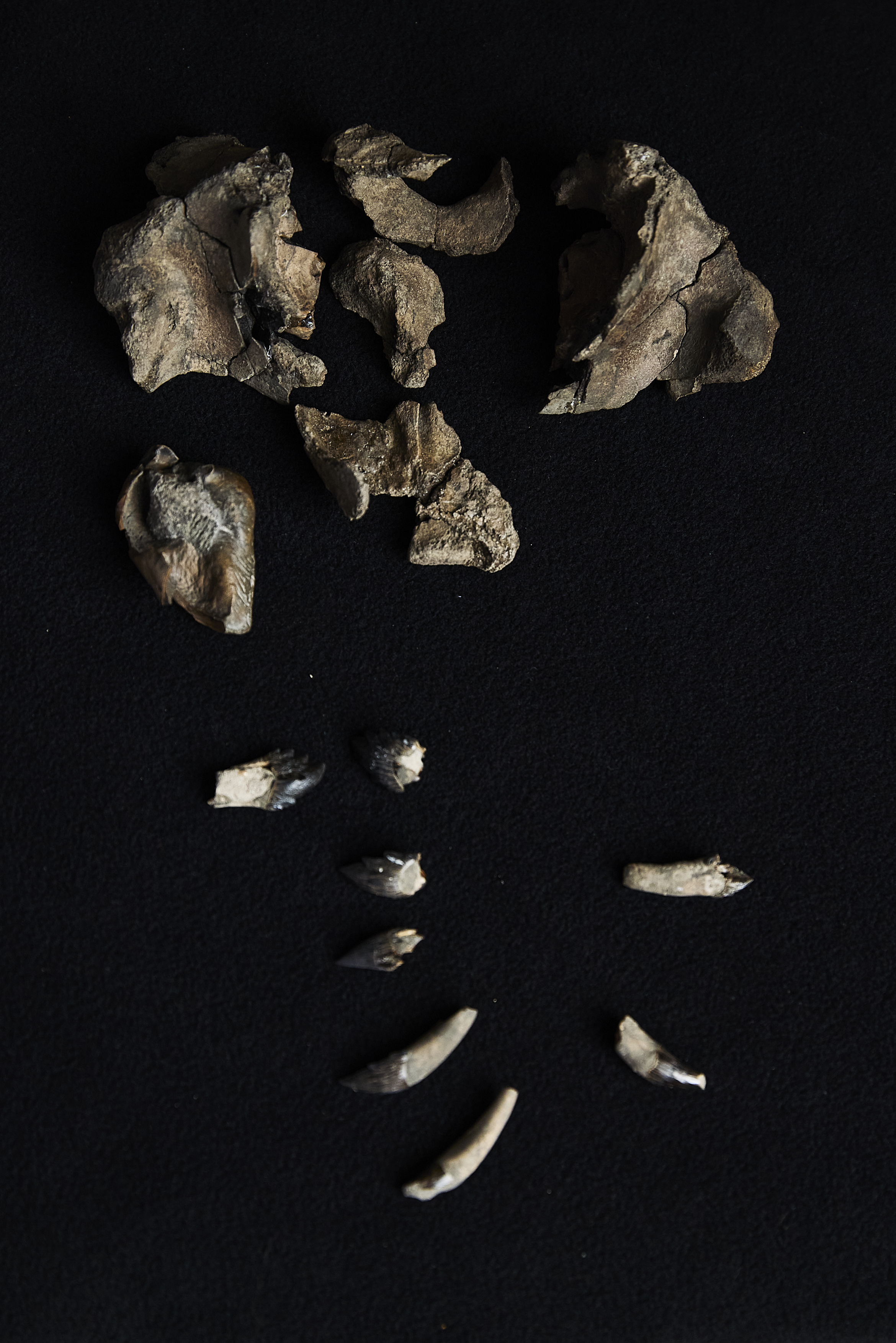While whales today are the giants of the ocean, it was a different story 26 million years ago. Back then, their ancestors were much smaller – but don’t let that lull you into a false sense of security. As one newly described ancient whale species makes clear, appearances can be deceiving.
The rest of this article is behind a paywall. Please sign in or subscribe to access the full content.
That species is Janjucetus dullardi, named after Victoria (Australia) resident Ross Dullard. Back in 2019, he’d been taking a stroll along a beach near Jan Juc when he came across a fossilized partial skull containing barely worn-down teeth and ear bones.
Dullard donated the fossil to Museums Victoria, where a team of researchers began to piece together what kind of creature the skull belonged to.
They determined it was a new, juvenile-aged member of Mammalodontidae, a family of whales that lived between 30 and 23 million years ago, during the Oligocene. So far, fossils belonging to this family have only been found around southeast Australia and New Zealand, and J. dullardi is just the fourth species to have ever been discovered.
“This region was once a cradle for some of the most unusual whales in history, and we’re only just beginning to uncover their stories,” said Dr Erich Fitzgerald – Senior Curator of Vertebrate Palaeontology at Museums Victoria Research Institute and senior author of the study describing the new species – in a statement.

The partial skull and teeth of Janjucetus dullardi.
Like other toothed whales gliding about the oceans during the Oligocene, J. dullardi is believed to have been relatively small. The researchers estimate that it was likely around 2.05 to 2.18 meters (6.73 to 7.15 feet) in length, about the same length as a king-size bed.
That’s where the soft and cozy comparisons end, though. Best believe you wouldn’t want to come across a hungry J. dullardi in the oceanic equivalent of a dark alley – this small whale likely had big ol’ boba eyes, but it was built for hunting.
“It’s essentially a little whale with big eyes and a mouth full of sharp, slicing teeth,” said Ruairidh Duncan, a PhD student at the Museums Victoria Research Institute and Monash University, and lead author of the study describing the new species. “Imagine the shark-like version of a baleen whale – small and deceptively cute, but definitely not harmless.”
Besides making us grateful that we didn’t live near the ocean 26 million years ago, J. dullardi has also provided what is so far the best look at the teeth and ear bones of whales at this time, both having been preserved in unusually good detail. Taking microCT scans of the ear bones in particular gave the researchers a better understanding of how this small but mighty whale might have sensed its ocean environment.
“This fossil opens a window into how ancient whales grew and changed, and how evolution shaped their bodies as they adapted to life in the sea,” said Fitzgerald.
The researchers are also keen to emphasize the significant role of the public in discovering more about creatures of the distant past, as naming the new species after Dullard shows.
“This kind of public discovery and its reporting to the museum is vital,” said Fitzgerald. “Ross’ discovery has unlocked an entire chapter of whale evolution we’ve never seen before. It’s a reminder that world-changing fossils can be found in your own backyard.”
The study is published in the Zoological Journal of the Linnean Society.
Source Link: Newly Discovered 26-Million-Year-Old Whale Was “Deceptively Cute”, With A Tiny Body But A Big Bite